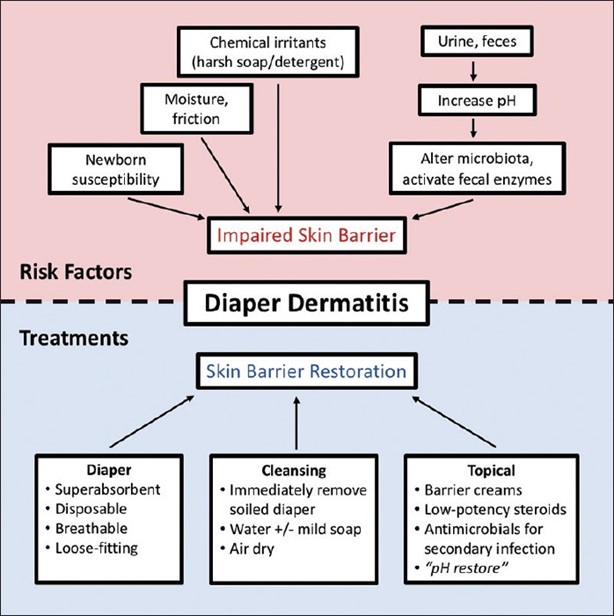An older client is taken to the clinic by the spouse, who appears extremely worried. The spouse reports to the nurse that the client started to not make any sense and asked to visit a brother who has been dead for many years. Which action(s) should the nurse take? (Select all that apply.)
Obtain the client's tympanic temperature measurement.
Review the client's current food and medication allergies.
Ask if the client is experiencing any pain with urination.
Encourage increasing the intake of high protein foods.
Determine if the client has recently experienced a fall.
Correct Answer : A,C,E
The correct answer/s is Choice/s A, C, and E.
Choice A rationale: Obtaining the client’s tympanic temperature measurement is a crucial step. The client’s confusion and disorientation could be symptoms of an infection, such as a urinary tract infection or pneumonia. Infections in older adults can often present with atypical symptoms, including changes in mental status. Therefore, checking the client’s temperature can help identify if the client has a fever, which is a common sign of an infection.
Choice B rationale: While it’s always important to be aware of a client’s allergies, especially when administering medications, it doesn’t directly address the immediate concern of the client’s altered mental status. Therefore, it’s not the most appropriate action to take in response to the situation described.
Choice C rationale: Asking if the client is experiencing any pain with urination is relevant because urinary tract infections (UTIs) are common in older adults and can cause confusion and other changes in mental status. Pain during urination is a common symptom of a UTI.
Choice D rationale: Encouraging the intake of high protein foods is generally a good recommendation for older adults to maintain their strength and energy levels. However, it’s not directly related to the client’s current symptoms of confusion and disorientation.
Choice E rationale: Determining if the client has recently experienced a fall is important. Falls in older adults can lead to injuries, such as a head injury, which can cause confusion and other changes in mental status. Additionally, some medications used to treat pain after a fall can also contribute to confusion.
Nursing Test Bank
Naxlex Comprehensive Predictor Exams
Related Questions
Correct Answer is B
Explanation
A.Protect the site from getting wet during bathing. While it is important to avoid prolonged soaking, gentle rinsing with water is usually allowed. Complete avoidance of water is not typically necessary.Gentle bathing is important for hygiene.
B.Gently patting the skin dry after rinsing with water is a good practice as it helps to minimize friction and irritation to the sensitive skin. Rubbing or scrubbing the skin should be avoided.
C. Applying moisturizers to prevent dry skin can be beneficial for overall skin health, but it is important to consult with the healthcare team and follow specific instructions regarding the use of moisturizers during radiation therapy. Certain types of moisturizers or creams may interfere with the radiation treatment or cause skin irritation. Frequent application is not always necessary. Over-hydration can soften the skin and increase vulnerability.
D.Using a sponge to debride the affected area is not recommended during radiation therapy. The skin in the radiation treatment field is already sensitive and prone to damage, and using a sponge for debridement can further traumatize the skin. It is important to avoid any abrasive or rough handling of the treated skin.
Correct Answer is A
Explanation
The excoriated and red skin in the diaper area suggests the presence of diaper dermatitis, which is commonly caused by prolonged exposure to moisture and irritants such as urine and feces. Changing the diaper more frequently helps to minimize the exposure to these irritants and promotes better skin hygiene.
Asking the mother to decrease the infant's intake of fruits for 24 hours is not necessary unless there is evidence of diarrhea or specific dietary concerns. Fruits are generally a healthy part of an infant's diet and do not directly cause diaper dermatitis.
Encouraging the mother to apply lotion with each diaper change may not be recommended in this case, as lotions and creams can further trap moisture and exacerbate the condition. It is best to keep the area clean and dry.
Telling the mother to cleanse with soap and water at each diaper change may be too harsh for the infant's sensitive skin. Plain water or mild, fragrance-free wipes are typically sufficient for cleaning the diaper area. Soap can be drying and irritating to the skin, so it is generally not necessary unless there is a specific indication.

Whether you are a student looking to ace your exams or a practicing nurse seeking to enhance your expertise , our nursing education contents will empower you with the confidence and competence to make a difference in the lives of patients and become a respected leader in the healthcare field.
Visit Naxlex, invest in your future and unlock endless possibilities with our unparalleled nursing education contents today
Report Wrong Answer on the Current Question
Do you disagree with the answer? If yes, what is your expected answer? Explain.
Kindly be descriptive with the issue you are facing.
